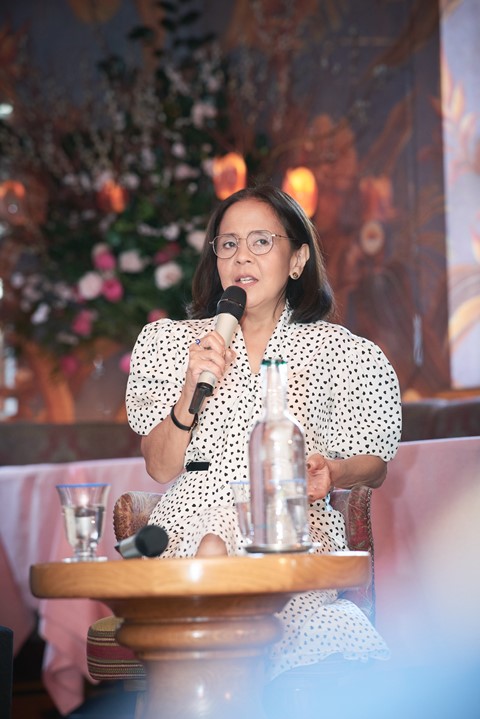As part of the Miu Miu Women’s Tales talks and screenings, Dolly De Leon, Samantha Morton and Isabel Sandoval sat down with Simran Hans to talk about what it’s like to be a woman in film
During the Miu Miu Women’s Tales talks and screenings hosted ahead of London Fashion Week, filmmaker Isabel Sandoval, Triangle of Sadness star Dolly De Leon, and English actor Samantha Morton sat down with journalist Simran Hans to discuss rule-breaking female characters, on-screen intimacy, and how the film industry can better support female and minority voices.
Actors Dolly De Leon, Samantha Morton and filmmaker Isabel Sandoval boast widely different backstories and filmographies. But when asked by writer Simran Hans to think of a protagonist they connected with at a young age, all three named female characters fighting to exist in male-dominated worlds.
De Leon was drawn to Jodie Foster’s early roles like rebellious tomboy Casey Brown in Candleshoe, while Morton named Crissy Rock’s single mother Maggie in Ken Loach’s 1994 drama Ladybird, Ladybird. Sandoval referenced Jane Fonda’s call girl Bree Daniels in the iconic neo-noir Klute, which the trans director saw for the first time when she began questioning her own gender identity. “She has her own agency, she’s a headstrong, intelligent woman, and what could’ve been a stock character was so complicated,” said Sandoval at a panel hosted by Miu Miu as part of its Women’s Tales programme. “It was enlightening, and awakening and empowering for me as an artist – and as a person.”
These choices say a lot about the careers De Leon, Morton and Sandoval have carved out in the years since. They also reflect the mentalities they – and many other women – are pushed to adopt in an industry still dominated and funded by men.
Read on for takeaways from the talk, including the transformational power of costume and makeup, to the role on-screen intimacy plays in asserting female agency.
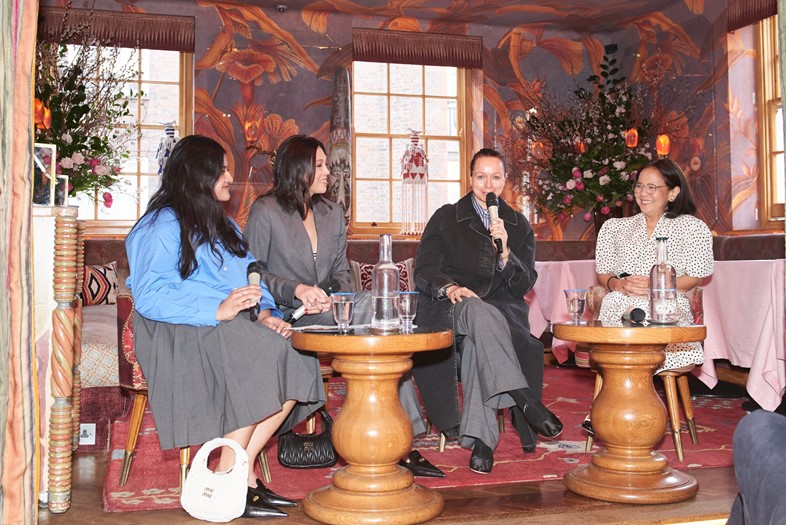
On Costume as Empowerment
When it comes to entering the minds and worlds of their characters, all three guests agreed on the transformative power of costume. De Leon, who has a well-worn process thanks to her theatre background, can feel herself mentally becoming her character as she applies her make-up. “It prepares me to create the illusion,” she said. She considers herself lucky, having worked on productions where she’s been involved in the decision-making process. On set for the Palme d’Or-winning Triangle of Sadness, she suggested that her character appear clothed while fishing, rather than naked, to align with social mores in the Philippines. During a love scene on a lifeboat, she opted to wear a bra (she saw it as less distracting) and requested a closed set. “I was very lucky – no one imposed anything on me.”
Morton stressed the importance of collaboration. She recalled playing a teenage prostitute in Band of Gold, and arguing for costumes to reflect her character’s identity as a child. “That was the first time I wanted to have power there … If I don’t believe the clothes I’m wearing relate to the character, I’m itching inside,” she said. Discussing her short film The Actress, which she directed and starred in, Sandoval described embodying icons Isabella Rossellini, Marlene Dietrich and Malcolm McDowell in their seminal roles as a liberating experience. “For someone like me to take on these iconic roles, give it a radical twist, that was a fun experience for me.”
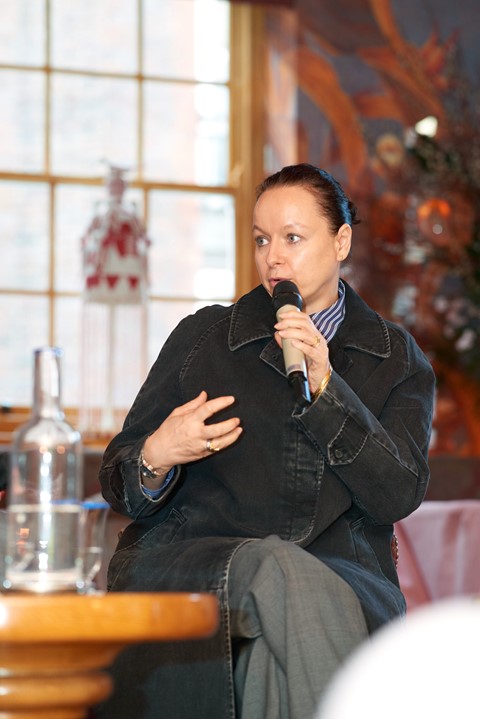
On Bringing a Character’s Inner Life to the Screen
For De Leon, who gained international recognition for her role as Abigail in Triangle of Sadness, journaling from her character’s perspective helped her give them the respect they deserve. “I had to write her history, where she came from, what drives her, so that everything she does on the island is justified, and she’s coming from a space of humanity,” she said. “There are so many overseas Filipino workers, and I didn’t want to put any of them in a bad light … I wanted her to be attractive and desirable.”
But the way an actor is shot – from direction to camerawork – can also bring a character’s story to life. Portraying female characters in quiet thought can be a radical act, stressed Sandoval. Her 2019 film Lingua Franca, which she directed and starred in, saw her revisit Chantal Akerman’s films Jeanne Dielman and News From Home, which influenced her film’s observational tone. “How radical to point the camera at a woman sitting and thinking, and deem that a worthy subject of cinema,” she said.
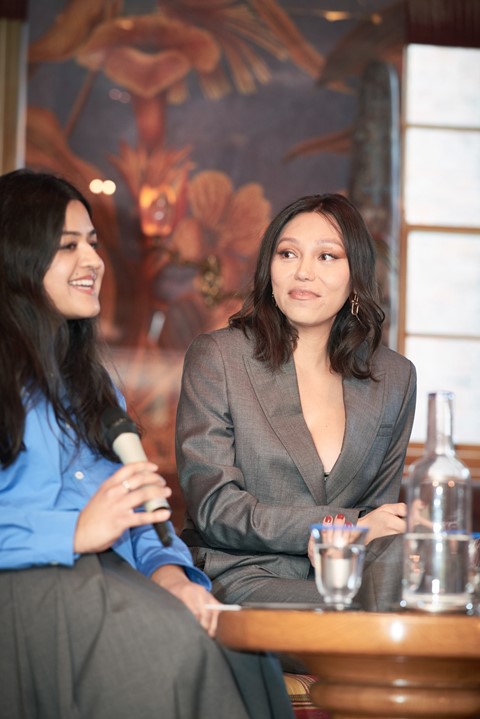
On Sexual Intimacy as an Assertion of Selfhood
Sexual desire, too, can be an overlooked way to assert a character’s selfhood: Sandoval opted out of vague zoomed-in gyrations for Lingua Franca’s famous sex scene, and instead pointed the camera at the protagonist’s face. “We are not only seeing the sex scene, but we’re seeing her. At that point in the film we’ve seen her trauma, her fear, her anxiety,” she said. “Showing her desiring something … was truly quite a liberating moment for me. You see a texture, a dimensionality, a spirit that you haven’t witnessed before.”
But it’s crucial that a sex scene has a purpose, and that actors are included in discussions. “I need to know why – why is this important?” said Morton, who recalls acting in intimate scenes as a teen on male-dominated sets, without an intimacy coach. At the premiere for the 2004 dystopian drama Code 46, she remembered being shocked by the addition of a close-up shot of a vagina. “Oftentimes as an actor, you’re the last to know anything,” she lamented. “[The Screen Actors Guild] are brilliant at protecting actors, but Equity (the union representing actors in the UK) are so behind.”
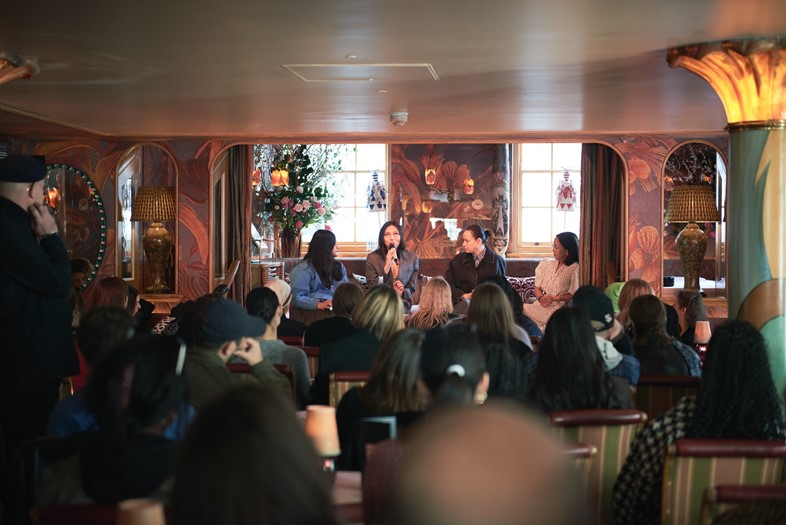
On The State of The Film Industry
“It’s fucked … the industry is in a really bad state,” said Morton, who is struggling to fund her second feature despite the success of her BAFTA-winning 2009 drama, The Unloved. “They’re female stories, a call to arms, but people won’t go near them.” Proving to financiers and distributors – who largely pander to male audience’s tastes – that there’s demand for these stories is crucial, but it’s not a cure-all.
As in fashion, there’s also the issue of class, and getting people from different communities on film sets. Imposing quotas and requiring an equal number of women on film sets will make a difference, Morton adds, as is making effort at an educational level to provide career counselling to young talent. “Here, with very little public funding and everyone vying for it, it’s super hard.”
